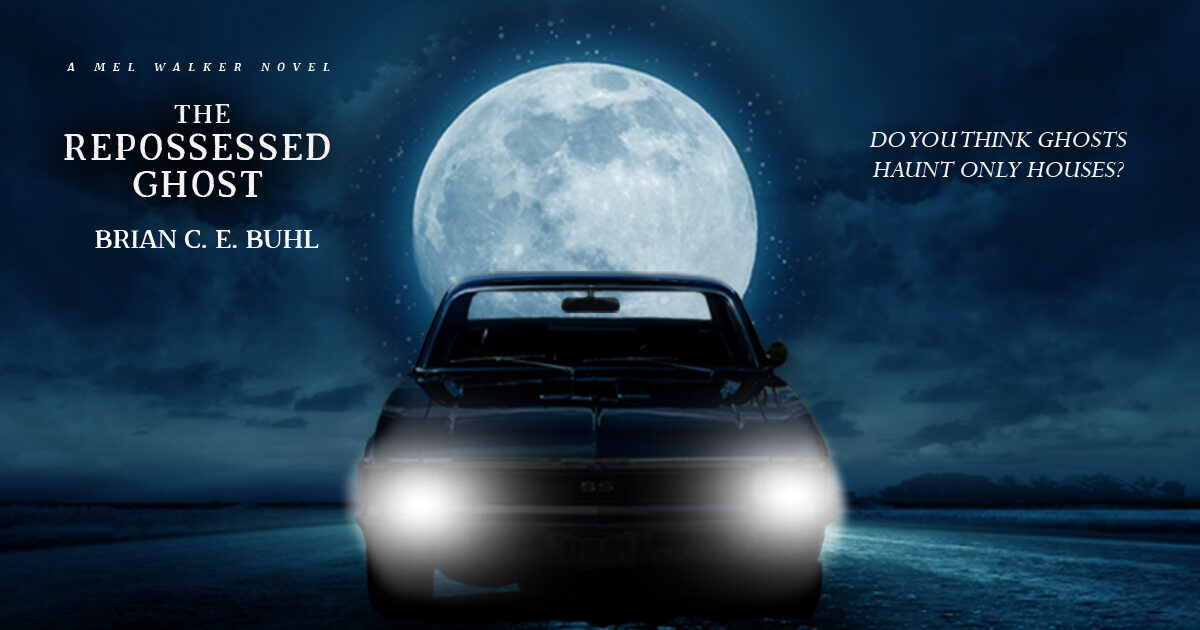Boskone: Day -1
Tomorrow will be Day 0, so mathematically, today’s title checks out.
There really isn’t room for anything now except preparation for travel. I still need to pack, but I finished all the things I needed to finish for work.
The cat is in heat again, so we didn’t sleep well and woke up rough. I trudged through work, which was mostly meetings and administrivia. Tomorrow is Sprint Planning, and since I’ll miss it, I had to arrange all of my tasks for the next two weeks, flesh them out, document them in our Sprint Planning Wiki, setup the meetings, and basically do everything I would normally do tomorrow, but in a much shorter time. I finished my work day around 8PM.
During this time, I gathered information from my bank so we could send off our taxes. That’s sent off. Thanks to The Repossessed Ghost, taxes are much more interesting this year.
Once I’m done with this post — #38 in a row — I need to shower, pack, make sure all of the books and computer equipment and stuff is ready to go, and then angle for bed early since we have to board our plane at around 6:15AM.
Am I nervous? A little, only because it sounds like a few people I really would like to talk to will be at Boskone, and I didn’t find out until recently. I hope I get the opportunity!
We were missing a box or two at Arisia. We’ll have that missing content and then some, so organizing the table will be a bigger challenge than last time. Melissa and I are up for it.
We’ll have fewer days to sell more books, to a conference that is theoretically smaller than the one we attended 2 weeks ago. At least, that’s what some Arisia attendees told me. Arisia broke off from Boskone and then became the larger conference. Steven Radecki told me that we sell more at Boskone, though. Boskone one fewer day than Arisia. I’ll do my best to make some connections and make some sales.
At the main table, in addition to all of the other Water Dragon books, we will have bunches of copies of The Repossessed Ghost available. For the first time, we’ll have copies of One for the Road. I really hope we do well.
This is a slice of the writer’s life. There’s more to being a professional writer than writing. You have to sell your books. Going to conferences like Boskone and putting your face and your books in front of people is a part of it. I don’t enjoy this as much as I enjoy writing, but I don’t hate this, either.
In April, the Live From Arisia recording will be available on Small Publishing in a Big Universe. I’ll be taking the microphone again so hopefully, we’ll have a Live from Boskone episode in the near future, too. It sure would be neat to interview David Gerold or Joshua Bilmes. I’m not holding my breath on that, but it might happen!
Wish me luck. When next I post here, it will be from Boston. Hopefully the travel will be easy and fun.

